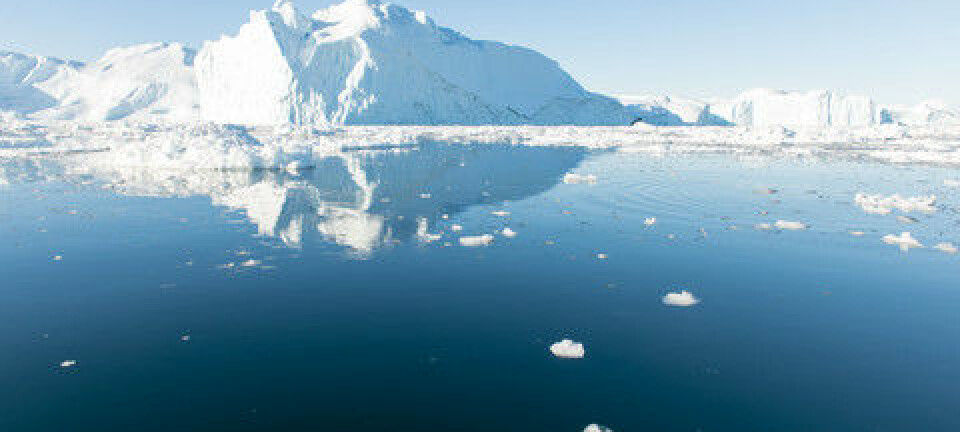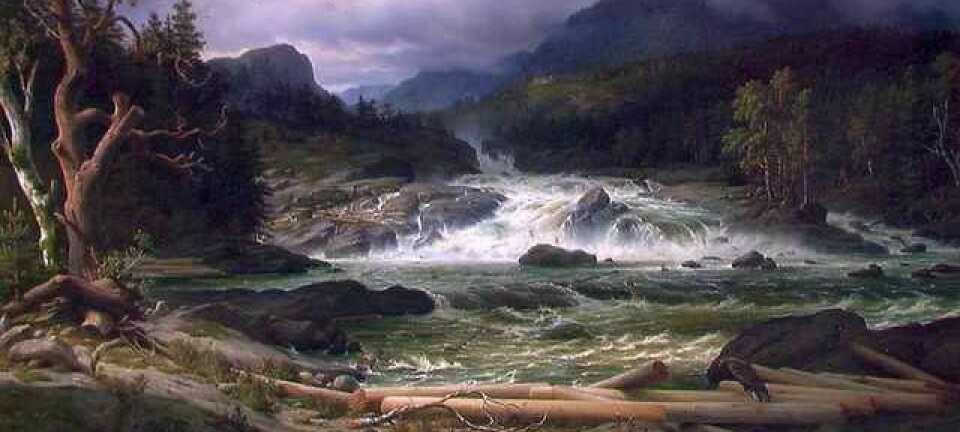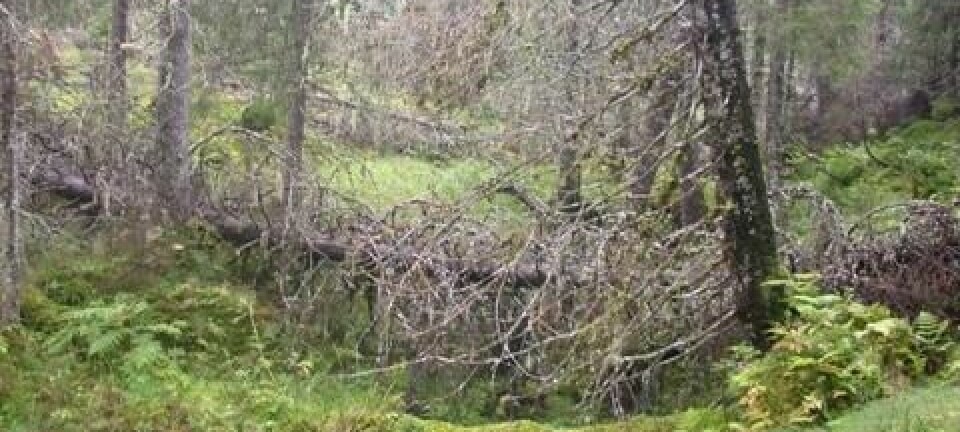
Climate scientists: Plant woodland when we're draining wetlands
Wetlands can best be exploited as woodland if we intend to drain them anyway.
In 1997, many of the world's industrialised nations agreed to reduce Greenhouse emissions when they acceded to the Kyoto agreement.
The EU, for instance, committed itself to reducing emissions by eight per cent.
Six to eight per cent of the Earth's land area is covered in wetlands. One way of reducing greenhouse gas emissions may be to give some thought to how we use wetlands when they are drained for our benefit. This is shown by the results of new research which has been published in the scientific journal PNAS.
"What we have found is that we can compensate, to some extent, for the increased CO2 emissions caused by draining wetlands. This can be achieved by seeding the drained wetlands with plants that absorb CO2 through photosynthesis. This will typically be woodland," says co-author Thomas Friborg, an assistant professor at the geography section of the Department of Geosciences and Natural Resource Management, University of Copenhagen.
Rotting vegetation produces CO2 when land is drained
Wetlands produce methane and are the biggest natural source of atmospheric methane which is a strong greenhouse gas. Like other ecosystems, however, wetlands also absorb CO2.
The scientists behind the new study examined the net effect of this emission/absorption equation in 29 localities throughout the world, from Siberia to Greenland and the Eastern US.
The result varied from one place to another, depending on whether the wetlands were natural or man-made.
But the scientists were able to derive a more general conclusion, when the wetlands concerned had been drained and cultivated by man.
"It's usually necessary to drain the land when you want to cultivate it. There are not that many plants that can stand having their roots in water all the time," says Friborg.
"What often happens when you drain land is that a thick layer of plant parts and roots remain. And further down, the water table will speed up the bacterial transformation of this material because there is more oxygen. This leads to the formation of more CO2. At the same time though, the drained wetlands will give off less methane, because methane forms under water," he says.
Woodland converts more CO2 than farmland
While adding up the greenhouse gas equation, the scientists found that planting trees releases less greenhouse gas because, by means of photosynthesis, trees and plants assimilate far more CO2 than agricultural crops.
"Our conclusion is not an invitation to cultivate wetlands which contribute to the natural fauna – rich bird life, for instance. We looked at this in recognition of the fact that wetlands have been drained in a lot of places, not least in Europe. And because we wanted to know what role the use of these areas plays,” says Friborg.
"We don't need more plantations"
Professor Jørgen Eivind Olesen, section head at the department of agroecology at Aarhus University, is not surprised that woodland is better for the climate account than farming. It is common knowledge that woodland binds more CO2 than farmland.
"But the question is also to what depth draining is done. When you want to plant woodland you don't need to drain as deep as when you want to farm the land," says Olesen who, as a climate scientist, would prefer to see wetlands left alone and not drained.
According to the professor, we don't need to produce more timber because the consumption of paper has fallen, and these days most timber is burned off, increasing emissions of CO2.
Instead we could let the wetlands remain wet and plant trees which can tolerate having their roots in water – not as plantations, just for the sake of the climate.
--------------
Read the original article in Danish on Videnskab.dk
Translated by: Hugh Matthews










